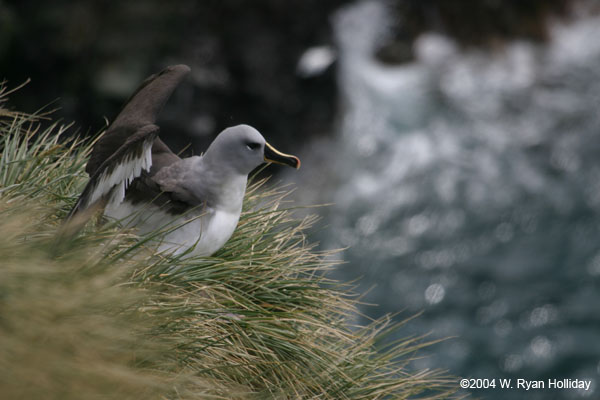Too often the message of conservationists is only about doom and gloom – unstoppable global warming, coral reefs dying, deforestation – which is a shame, because there is plenty of good news about the environment to buoy people’s spirits and remind us that we are capable of making positive changes in the world.
- I’ve written about the decade-long rat eradication program on South Georgia Island before, but to recap: starting in 2010, and continuing in 2012 and 2014, teams in helicopters dropped poison bait across the entire island in an effort to eliminate rats that had been brought to the island two centuries ago by whalers and sealers, decimating the island’s nesting birds. While using poison to kill rats is an unfortunate solution for a man-made problem, the chance of making the island safe again for as many as 100 million nesting seabirds far outweighs any negatives. Had the effort left even one breeding pair of rats alive it would have been a failure, but last week it was announced that two years after the last bait was dropped, and with thousands of chew sticks examined, tracking tunnels checked, and a team of rat-sniffing dogs having scoured the entire island, no signs of rats were found and the island has been officially declared rat-free. As the years go by bird populations will increase, and someday the island may again reclaim its title as one of the most important seabird nesting sites in the world.
- Closer to home, dam removal throughout New England has for the first time in centuries re-opened rivers to anadromous fish (fish that spawn in rivers but spend their lives in the ocean). On Maine’s Penobscott River, where just one herring was seen a decade ago, 1.8 million herring were counted in 2016. Other waterways where dams have been removed also show huge increases, and just as importantly the otters, raptors, and other animals that depend on those herring should also greatly benefit.
- Finally, in 2011 a Dutch teenager named Boyan Slat gave a TED talk about cleaning up plastic in the ocean using floating screens that drift in currents. In most cases you would expect that to have been the end of the story – a nice viral video that a lot of people watched, with no follow-up. However, in this case Boyan doggedly persisted, founding the Ocean Cleanup Project, raising over $30 million, and this week the now-23-year-old Boyan and his team launched a prototype cleanup system for tests in the Pacific outside of San Francisco Bay. Although I’ll admit to being skeptical about the likelihood of success with their current design, the fact that this project has persisted, and has managed to capture funding and attention year after year, makes me optimistic that they will eventually succeed and make a significant dent into removing some of the estimated five trillion plastic objects currently floating in our seas.
Grey-headed albatross on South Georgia Island in 2004. This photo was actually taken on a smaller, rat-free island just off of the South Georgia coast, but with rats gone from the mainland these birds will now have vastly more rat-free nesting territory available.

You dirtttty rat you stole my chickenssssss
Forgive me if this is a dumb question, but what do they do with all the dead rats? Or any remaining poison? Do they go in and clean the entire island up? Because if they don’t, wouldn’t the birds be at risk of being poisoned? Is this where you tell me I should have clicked the link to learn more about it, haha?
This is an oversimplification, but suffice it to say that there’s a lot of planning that goes into these efforts, including a ton of effort to avoid adverse effects on the environment and non-target species. That said, it’s a trade-off – they know rats decimate birds, and they know there is a downside to dropping poisoned bait on the island, but the opportunity to save native species that would otherwise disappear FAR outweighs any disadvantages.
To your specific questions – poisoned rats will mostly return to their underground dens, so there aren’t a lot of dead rats lying around. Some dead rats are unfortunately consumed by scavengers who are then poisoned, but scientists do everything from timing the bait drops so that they occur when fewer scavengers are around, or (at other places) they even trap predators in advance to ensure that they won’t feed on poisoned rats. In most cases any loss of scavengers is temporary as the populations bounce back quickly with the rats gone.
As to leaving poison on the island, the bait is usually formulated such that it breaks down fairly quickly, and it contains a very small amount of poison (0.002% cited in articles I read) so that once the bait is gone any poison that remains has no measurable effect on the environment.
In a perfect world there would never be a need to eliminate rats from an island, but in places where humans have introduced rats and the rats then destroy the native species, poisoning the rats to save the native species is definitely a lesser-of-two-evils solution.